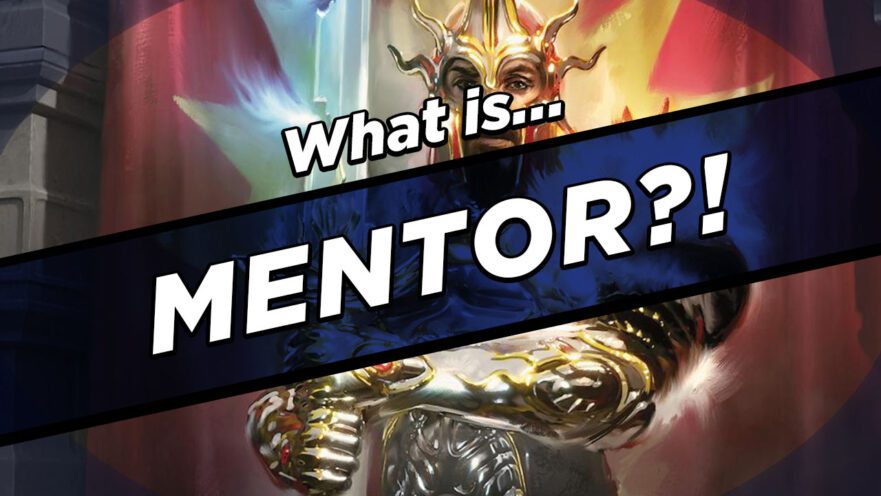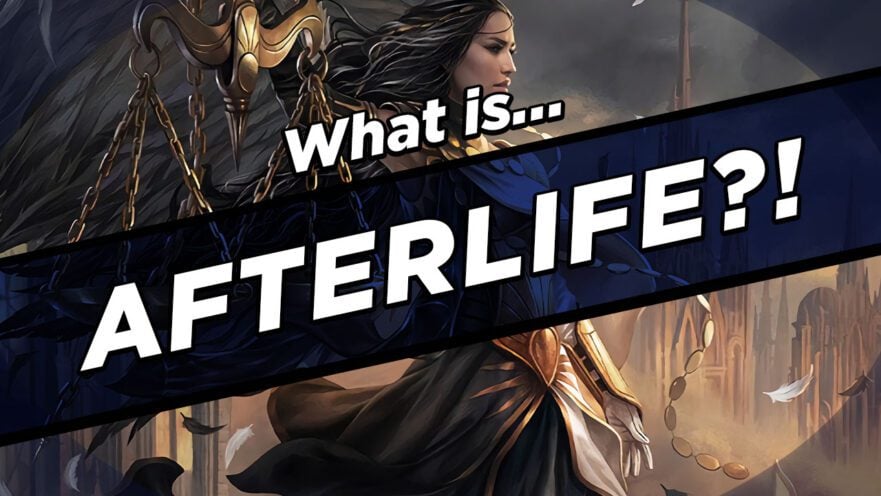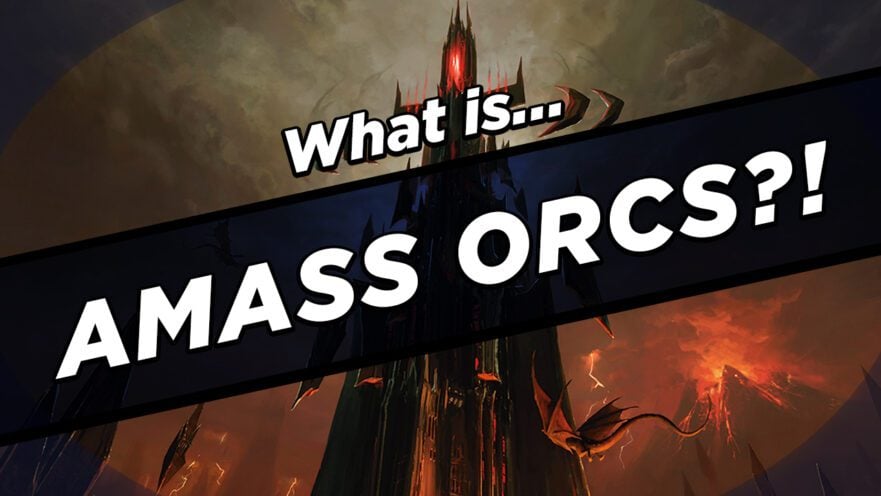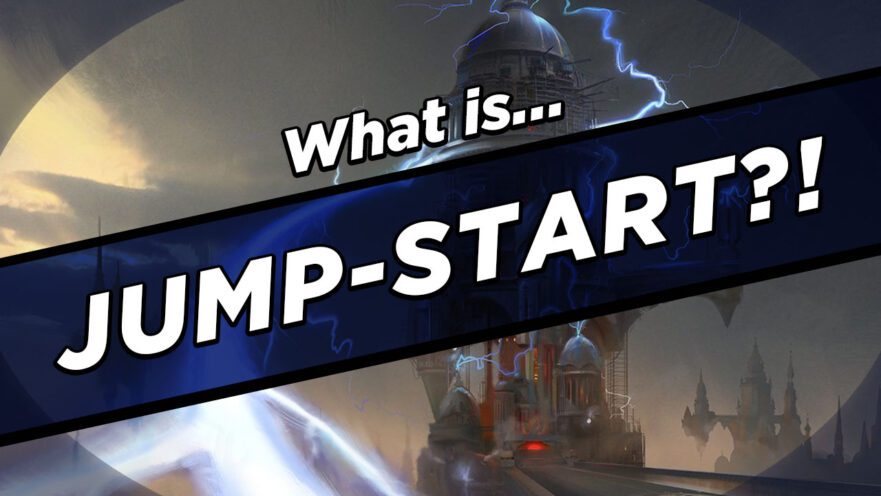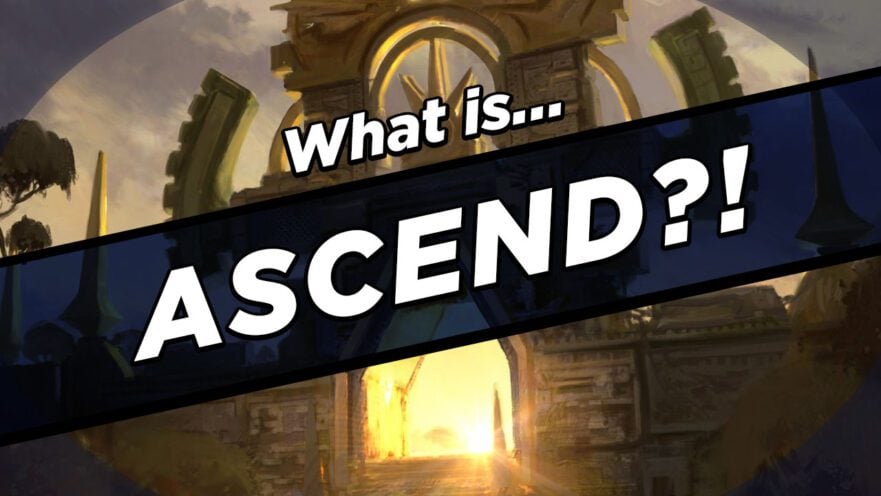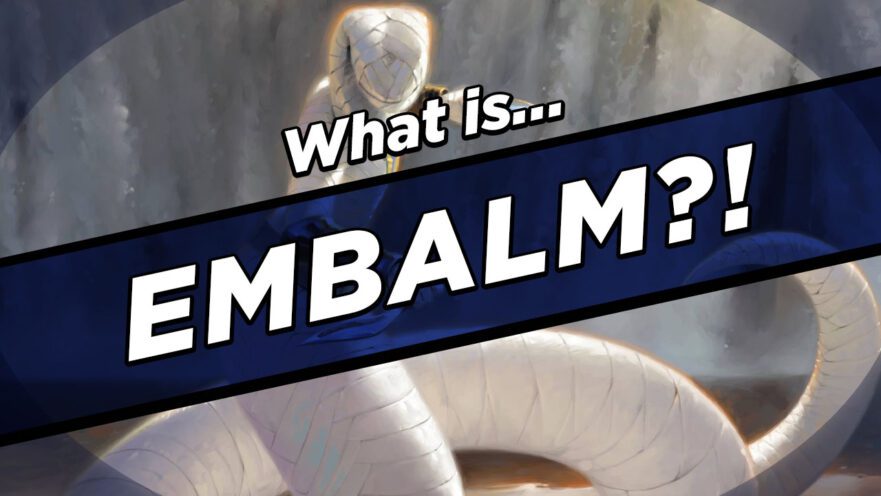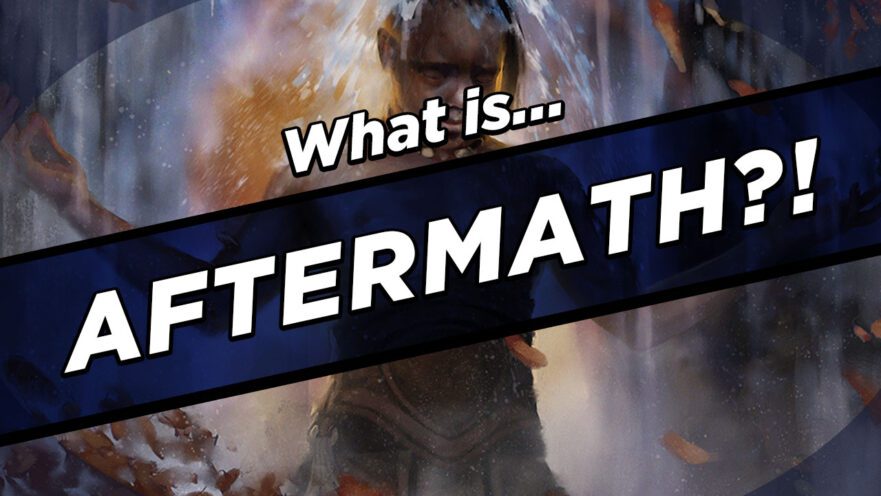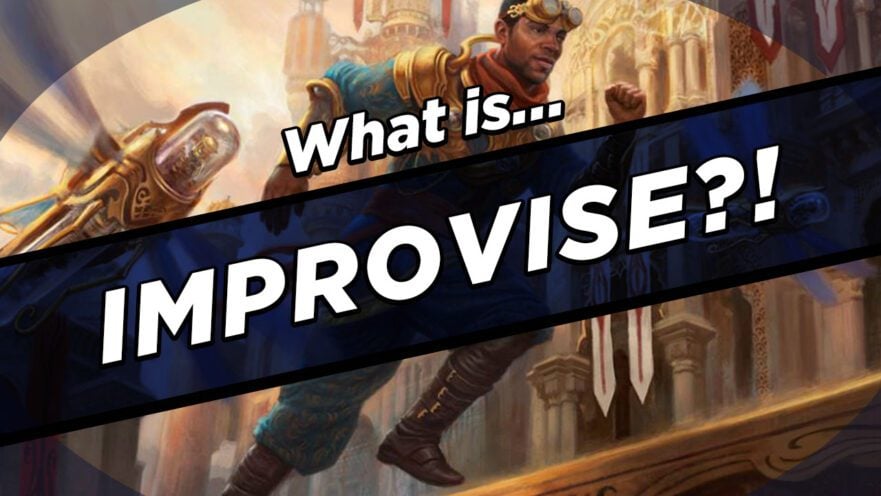Mentor is a combat-focused creature-based triggered ability. When a creature with it attacks, you put a +1/+1 counter on another attacking creature that has less power. That’s pretty much the basics – if a Mentor creature attacks with a smaller creature, the smaller creature gets bigger. Multiple instances of the mechanic on a single creature would trigger separately, but that’s …
Afterlife – MTG Mechanics Explained
Afterlife is a triggered ability that appears on creatures, and triggers on those creatures’s death. It’s always written with a number after it (so, Afterlife N), and it means that when the creature with it dies, you create N 1/1 white and black Spirit creature tokens with flying. And that’s…really it. Multiple instances of it on a single creature would …
Amass Orcs – MTG Mechanics Explained
Amass is a mechanic that originally appeared in War of the Spark and is now making a return in Lord of the Rings: Tales of Middle-earth, but with a bit of a twist: this version is called Amass Orcs, and the armies you amass are made up, fittingly enough, of orcs. It will always be written with a number next …
The Ring Tempts You – MTG Mechanics Explained
The Ring, in this case, refers to The One Ring from Lord of the Rings: Tales of Middle-earth. However, we’re talking about something on a lot of other cards in the set: the phrase “the Ring Tempts you.” The first time this happens in a game, you get an emblem in your Command Zone (which does exist even outside of …
Jump-Start – MTG Mechanics Explained
Jump-Start appears on instants and sorceries, and functions from the graveyard. When a card with it is in your graveyard, you may cast that spell by paying its mana cost and discarding a card from your hand as an additional cost. You still have to follow any normal timing restrictions on the card. If you do cast a card using …
Ascend – MTG Mechanics Explained
Ascend is…odd. It can exist on any card type, but works a little differently if it’s on an instant or sorcery as opposed to a permanent. On a permanent, it’s a static ability, while on an instant or sorcery, it’s a spell ability that check the game state upon resolution. In either case, Ascend means if you control ten or …
Afflict – MTG Mechanics Explained
Afflict is a triggered ability that appears on creatures, and is always written with a number, like “Afflict N.” Whenever a creature with it becomes blocked, the defending player loses N life. Multiple instances of the mechanic on a single creature each trigger separately (which is something made possible by equipping Dagger of the Worthy to a creature that already …
Embalm – MTG Mechanics Explained
Embalm is a creature keyword that works from the graveyard. When a creature with it is in your graveyard, you may pay that creature’s Embalm cost. When you do, you exile the creature from your graveyard and create a token copy of that creature, except that it’s white, has no mana cost, and is a zombie in addition to its …
Aftermath – MTG Mechanics Explained
Aftermath appears on instants and sorceries and is a variant of split cards. It’s technically three abilities, which are 1) You may cast the half of this card that has Aftermath from the graveyard, 2) You may ONLY cast the half of this card that has Aftermath from the graveyard, and 3) if this spell was cast from the graveyard, …
Improvise – MTG Mechanics Explained
Improvise is a static ability that can appear on any nonland card. When a card has it, it means that for each generic mana (mana written as a number in a gray circle) in that card’s mana cost, you can tap an untapped artifact to pay for one of that mana. So like a version of Convoke that works off …

